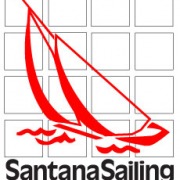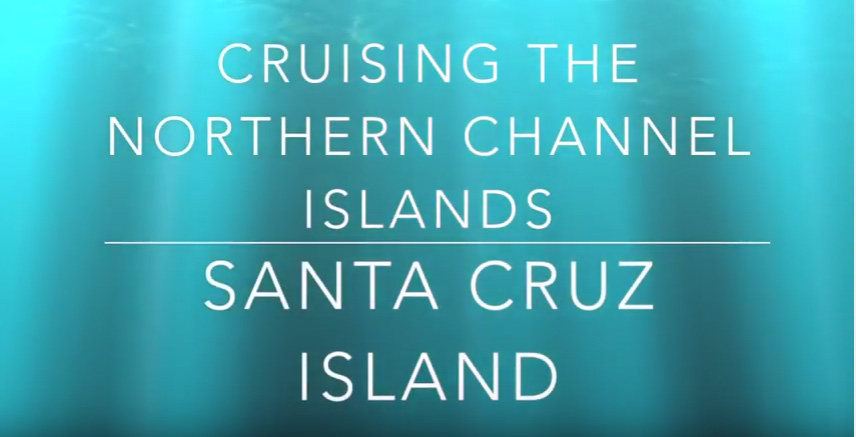A Real MOB Rescue in Newport Harbor
My First Real MOB Recovery – “This is NOT a drill!” By Chrissie Oppedisano
Planning for a leisurely late afternoon sail in a Harbor 20, Marc and I had just left the OCC docks in Newport Harbor. I was at the helm on a broad reach, Marc at the jib. Not far from the dock, in the middle of the channel, we saw a capsized RS dinghy and a man having a rather difficult time trying to get the boat upright. The wind was blowing from the west at about 12 kts. The boat was on its side with full main and jib, and the spinnaker was wrapped around the forestay. We decided to see if we could give him a hand and started upwind to reach him.
Marc called out to him, but he didn’t answer. At that moment, as the late afternoon sun’s rays were hitting the water, I saw an arm flailing in the bright reflection on the water about 100-150 feet upwind. Uh-oh! Looks like someone got dumped when the RS capsized. And because of the wind, the dinghy had drifted quite far away from the person in the water (PIW). Wow, all those practice drills sent my brain into automatic response as I called out “man overboard” and started spotting. Marc took over the helm (thank God!) and as our PIW was right smack into the wind, Marc fell off and came back up to approach her. She was starting to panic and was crying out that she couldn’t hold out much longer. Maybe she wasn’t a swimmer, I don’t know, but the shore was only 150 yards in either direction.
We approached and got the flotation PFD to her. Now we had to get her out of the water. I grabbed her by the seat of her foulies, Marc pulled her up and over into the boat, and I helped her out of her wet foulies. Phew! Good thing she was a petite little thing! Happy Ending!
Lessons learned
What I noticed immediately is that the woman had not been wearing a PFD so she was left to try and tread water in about 65 degrees, probably colder. ALWAYS wear that PFD, even if you are “just” in the harbor. While she may have been cold, at least with flotation she would not have felt like she was going under and probably would have felt more visible.
Second, she was panicking! Her brain apparently could not comprehend that she was quite close to shore and probably could have gotten there by swimming. When fear takes over, logic goes out the window. She may have been afraid of getting hit by one of the big luxury yachts that are frequently navigating the Lido Channel, or she may have been afraid of drowning, being weighed down by her clothes, who knows? I realized though, it doesn’t matter – when you get dumped in the water, you may go into panic mode.
In a way it felt like a “mini” man overboard rescue – but it was for real and for MY first MOB recovery, honestly, I was thankful it was just in the harbor. It was a gentle training ground and a rescue that I felt calm and in control of carrying out, thanks to the great training I have received (and having Marc right there!!). It gave me a chance to reflect on the reality of the situation – what I needed to do, what I would have done had I been by myself, and seeing first-hand what happens to a person who is in the water!
So, how did the story end? As we were getting this woman out of the water, the RS skipper had gotten the boat upright and our boats met up. The woman jumped right back into the RS and off they went sailing downwind! Guess it’s kind of like falling off a horse and getting right back on it! Wow!





